Behind The Scenes: with Inn-Siang Gan from the Figment Team
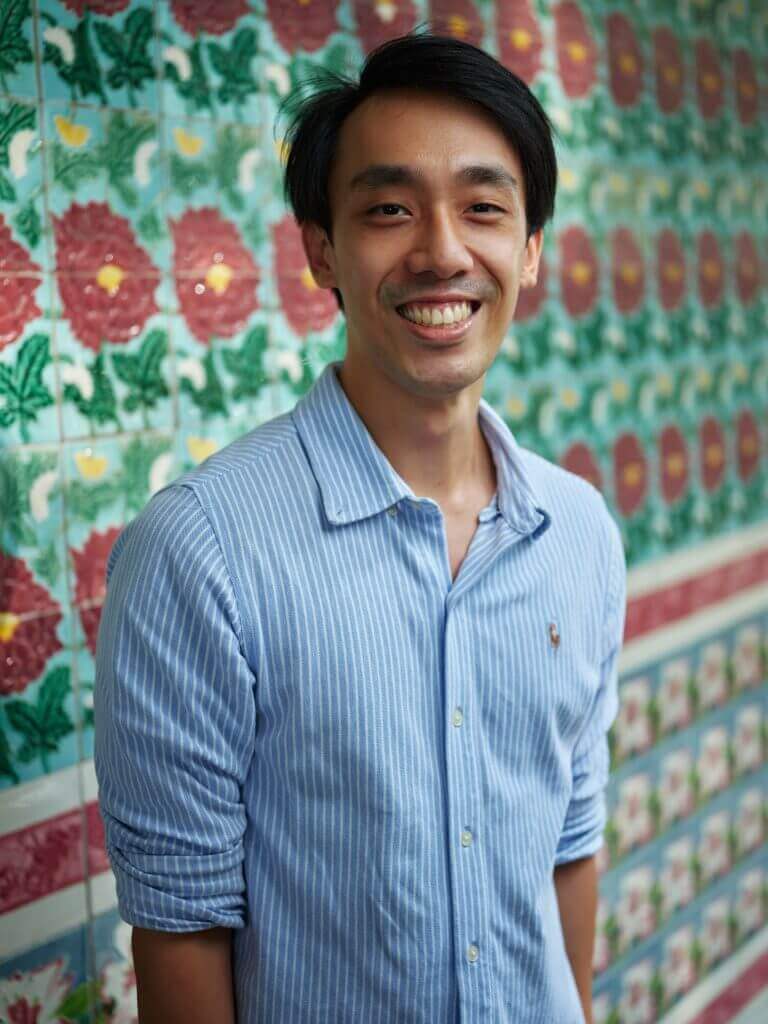
You’ve seen the gorgeous shophouses, now find out how they come together. By popular request, we’ll be sharing more behind-the-scenes coverage of our projects and the Figment team and collaborators making it happen.
We’re kicking off the year with an interview with Inn Siang, the Figment team’s facilities management extraordinaire. Inn Siang was Figment’s first employee when the company was founded, and oversees our growing portfolio of 16+ shophouse homes.
Hi Inn Siang! Tell us about what you do at Figment.
I’ve worked with Figment for almost 3 years now. My first project was 32 Petain Road [Monochrome House]. As Head of Operations and Project Management, my job is to basically talk to tons of people: the Figment team, our landlords, interior designers, and facilities team.
Because I was trained in accounting, everything I know about project management happened on the job, in real-time. I’ve learnt a lot of things the hard way for sure, but I love this job requires me to think broadly and tackle problems in their totality. I’m driven by putting skills and processes together in new ways. Maybe it’s a millennial thing, but I found that whole idea of going to school, then going to an industry to do the job you studied for, a little too linear. I like to stay open minded.
I look at skills as agency sets. Working in a start-up, things are moving so fast, and I’m always called on to look at a new situation and figure it out. I get to apply skills and think at a wider scale. It’s exciting to exercise critical thinking on such a wide variety of issues. I’m currently taking a course on project financing and I’m excited about gaining a new point of view. I guess I just enjoy problem solving.
Project management is a lot about managing responsibilities and control of a situation among various stakeholders: it’s a team game! And that takes creativity, to apply people’s skills appropriately and find balance and compromise.
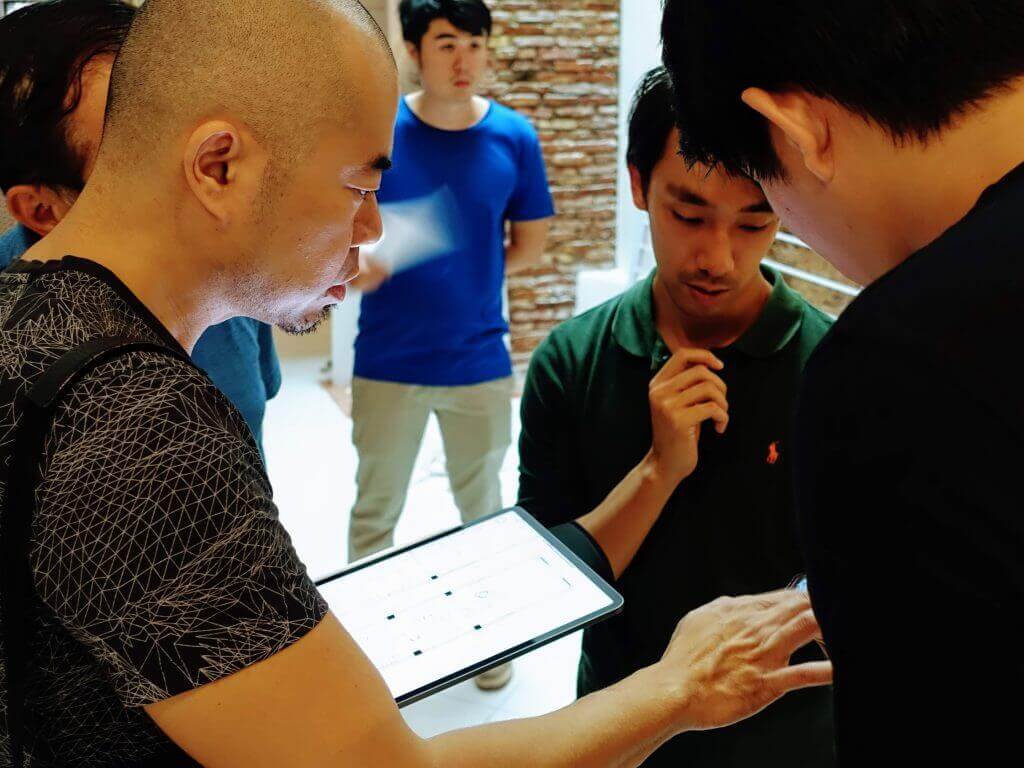
What’s it like restoring and managing shophouses?
Well, it’s funny but I don’t have experience with other types of properties to compare to – I’ve only worked with shophouses. But people in real estate say if you’ve worked with shophouses, you can work with anything else. That’s because of how challenging they can be, from a facilities management standpoint: they are old buildings, after all. You see all kinds of issues such as water seepage and deterioration. They sometimes occur not only in one property but as part of a larger issue caused by or affecting neighbouring shophouses, at times the whole block. And then we have to carry out our work while following conservation regulations and best practices, adding more complexity.
Our buildings and projects might seem small, but there are always a lot of stakeholders involved—owners, contractors, neighbours, contractors, heritage professionals, etc. I think this creates a very real barrier to entry to working with shophouses in Singapore, and newer players in the industry don’t necessarily get this. Every shophouse requires a personal touch.
Looking across Singapore’s shophouses today, we see that they are mostly owned by families that pass them down through the generations. They might create a trust to hold the property but not do anything with it. Sometimes, they effectively become abandoned. These buildings really need consistent, well-informed care to survive the next hundred years. That’s where Figment and our community, including landlords, contractors, members, etc, come in.
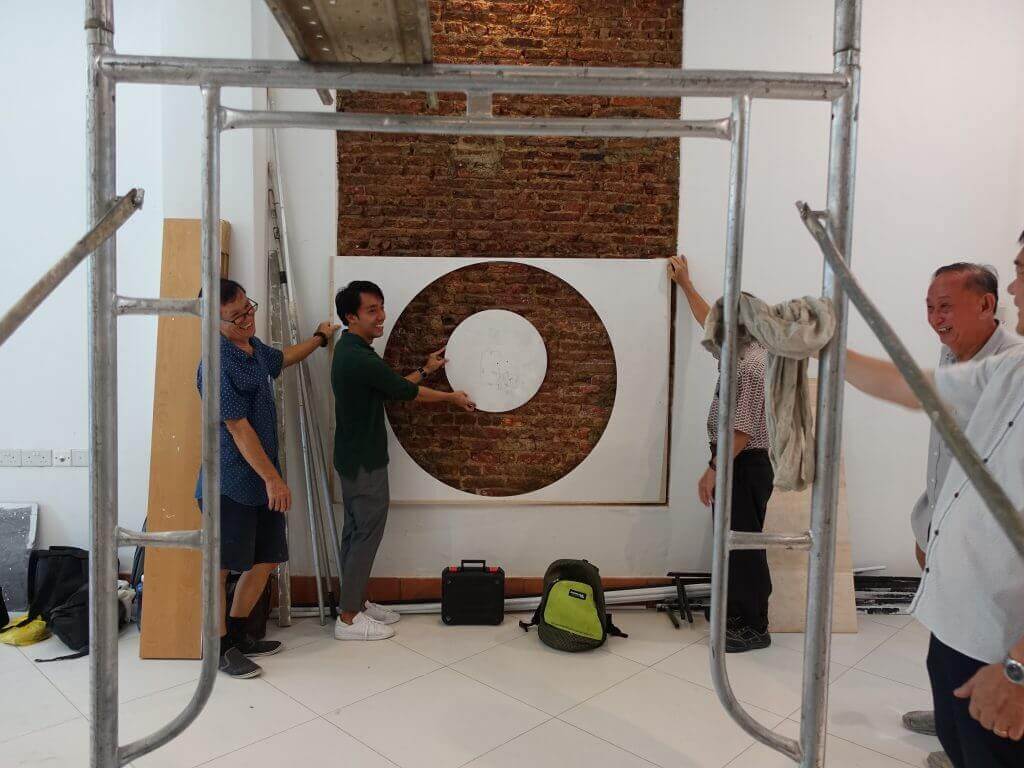
How do you define a good project?
Our projects has three stages: acquisition, maintenance, disposal (the technical term for reinstating the property to be returned to its owner). And each stage requires different kinds of participation and responsibilities from us, our landlords, members and other partners. My role is to manage everyone’s expectations, and do the due diligence to allocate responsibilities appropriately.
When someone decides to come stay in one of our homes, they effectively enter into an agreement with us and the landlord, where each party has an important role, as well as expectations that the other parties need to respect and work together on. Figment works to represent the interests of everyone in this covenant. So from my point of view, a job well done is when we make the correct assessment and response to any given issue, and create win-win situations.
In the life cycle of a project, the landlord is most involved at the start and end stages, as are the contractors. Our landlords are entrusting us with their properties and we feel responsible to them to do the right thing when it comes to renovations or repairs, to ensure that cost and quality are sound.
In the middle stages, Figment’s members, or residents, necessarily have to participate and be involved in the maintenance and reinstatement of the property.
It’s not always easy to do things the right way. We don’t outsource inspections or any of the facilities management. But a proper repair job can be more expensive for the landlord and more uncomfortable for the tenants who have to put up with disruptive repairs, compared to stopgap measures. We adhere closely to a written framework to respond to critical issues, but also at this point in our business, we tend to end up choosing to absorb costs on our end in favour of our members.
Luckily, they are generally very reasonable. In the real estate and rental biz, people say it’s all about selecting the right tenants. We don’t have to do this selection because with our particular value proposition and pricing model, it’s happened naturally.
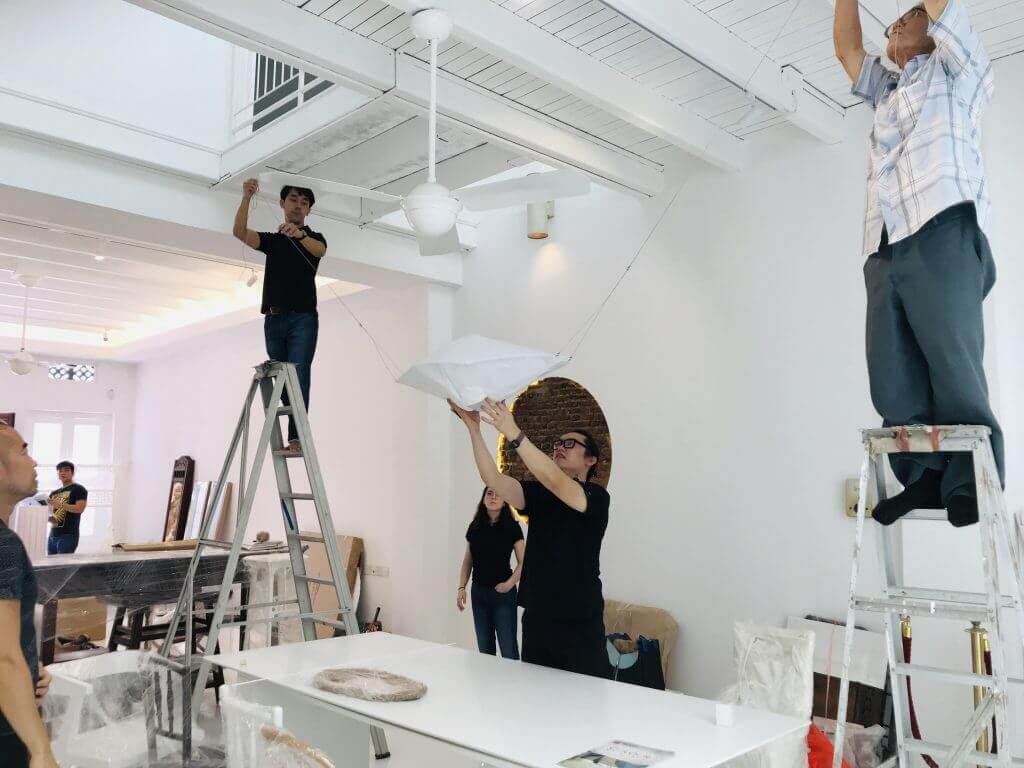
What’s different about Figment?
There’s always been a demand for shophouse living that exceeds the supply. Co-living and shophouse living are not new ideas, it’s always been around especially among expat circles, for example on Blair Road. But we are creating supply and access in new ways.
In 2020, we started to address the interest we’ve gathered from young Singaporeans, instead of the usual market of expat professionals and high net worth individuals. We’re talking to people who are waiting for their BTO, or needing a temporary place while their flat is under renovation, and we want to better cater to them. This is still a small market now but we see it slowly growing.
You could compare what we’re offering with the alternative of say, a condo rental. Our audience is savvy and comparing options on location, price per square foot, etc. We compete on location for sure, we know that’s the number one factor for basically all of our tenants. Same goes for price. But the other variables like the design of the home, the value of the co-living experience, are qualitative and emotional things we can’t quantify.
I think ultimately what drives someone’s decision about their home is emotion. That’s what drives our long term vision, too: to create places that resonate with people.
Sure, we do the financial modelling for our projects and we can input the effort and resources we put towards conservation and design. It can make sense on paper. But when we operate it, does it resonate with the customer? We can’t actually quantify whether the design works in that sense or not, or whether the cost was justified. These investments might seem questionable, yet it works.
Do you have a favourite Figment home?
A lot of people ask me this, but I don’t have one favourite house. Honestly, if I’ve spent a lot of time with a property, it means I’ve had to go in and solve a lot of problems. I guess I am most familiar with our Lorong 24A homes (Gallery House, Red Dragon House and Hanging Garden House) and Petain Road (Monochrome House and Kaffir House) which we’ve had for the longest.
With every project I ask myself, can you call this a home. And I have had plenty of doubts! At 34 Petain Road [Cavenagh House], we brought in such heavy furniture pieces from Raffles Hotel [ed: sourced from Hock Siong & Co.], why? It immediately felt like a home. I was worried with 28 Blair [Canvas House] if an all-white house would feel like a home, but it’s proven me wrong. It’s been fully occupied since Day 1. Different designs resonate with different people—residents have said the white refreshes their mind, and accentuates their belongings.
It comes down to people having different philosophies of life. To me it’s about having these new takes on what a rental is, and interesting to redefine what ‘home’ is.
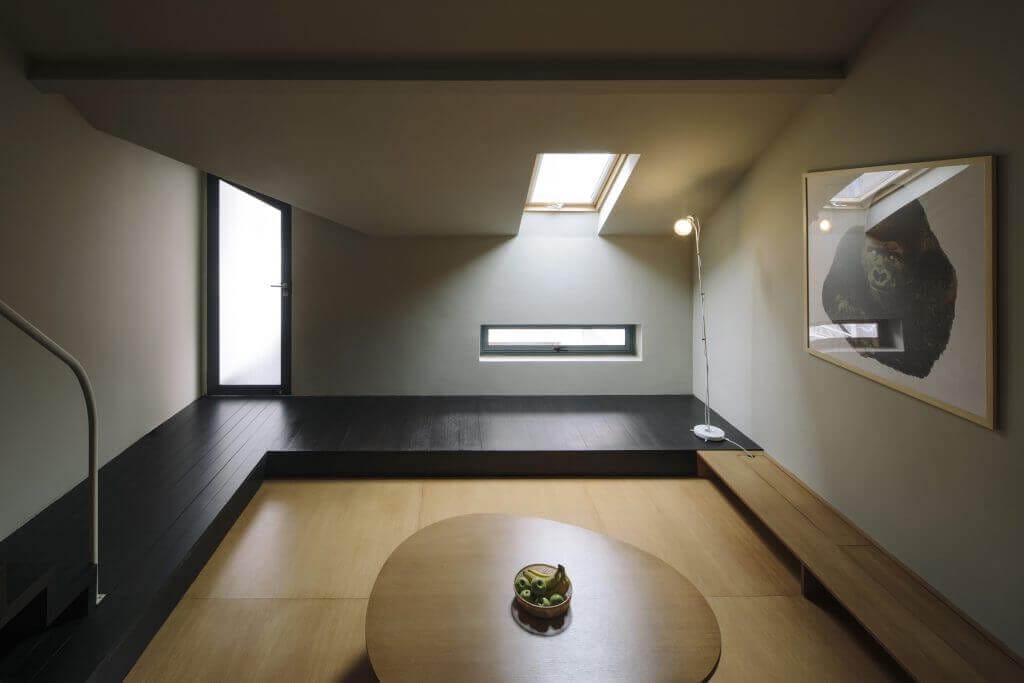
Stay tuned for more musings by the Figment team! In the meantime, read here about our lessons from 2020.

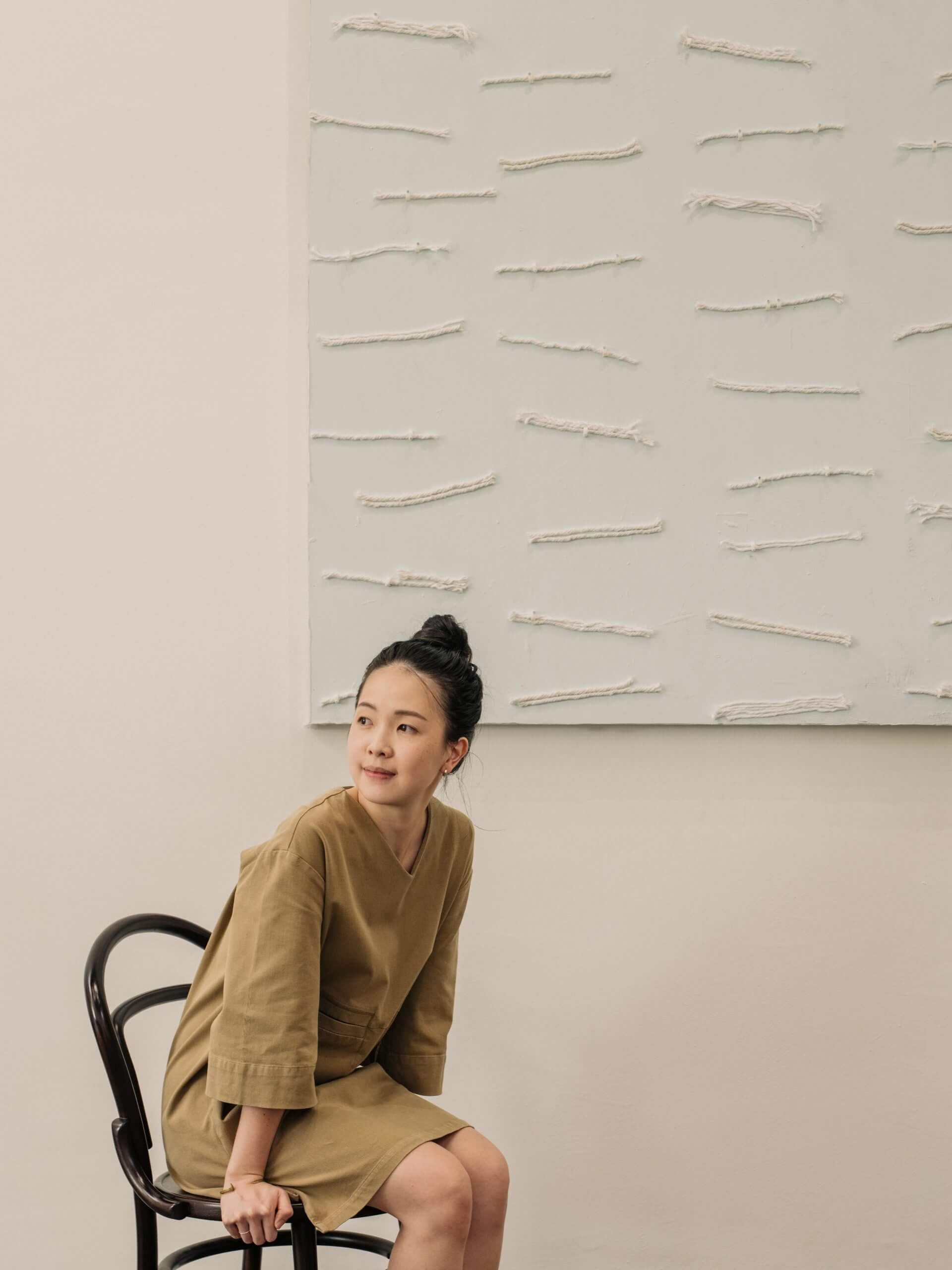
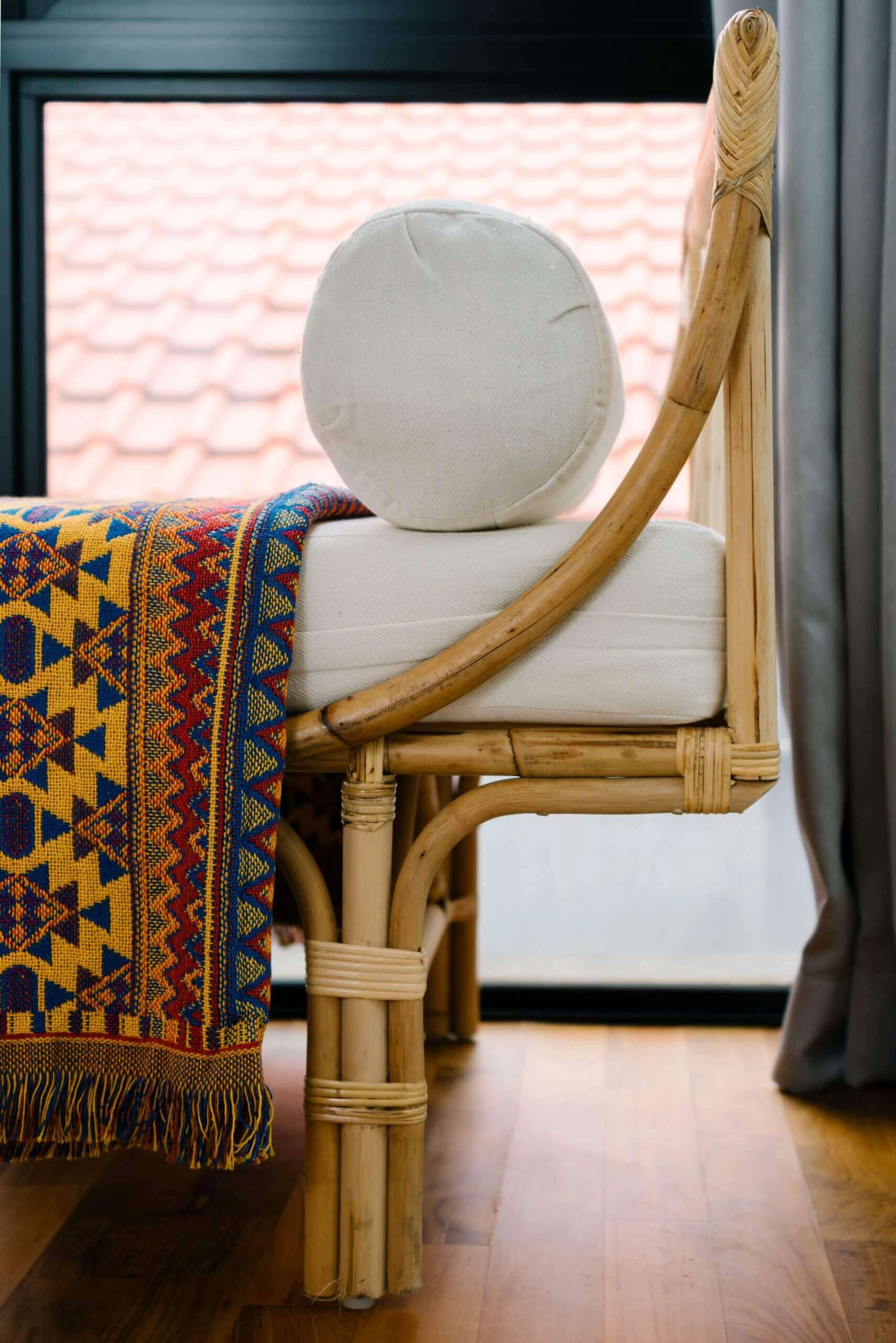
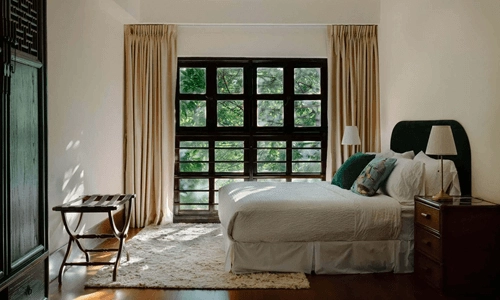


Comments